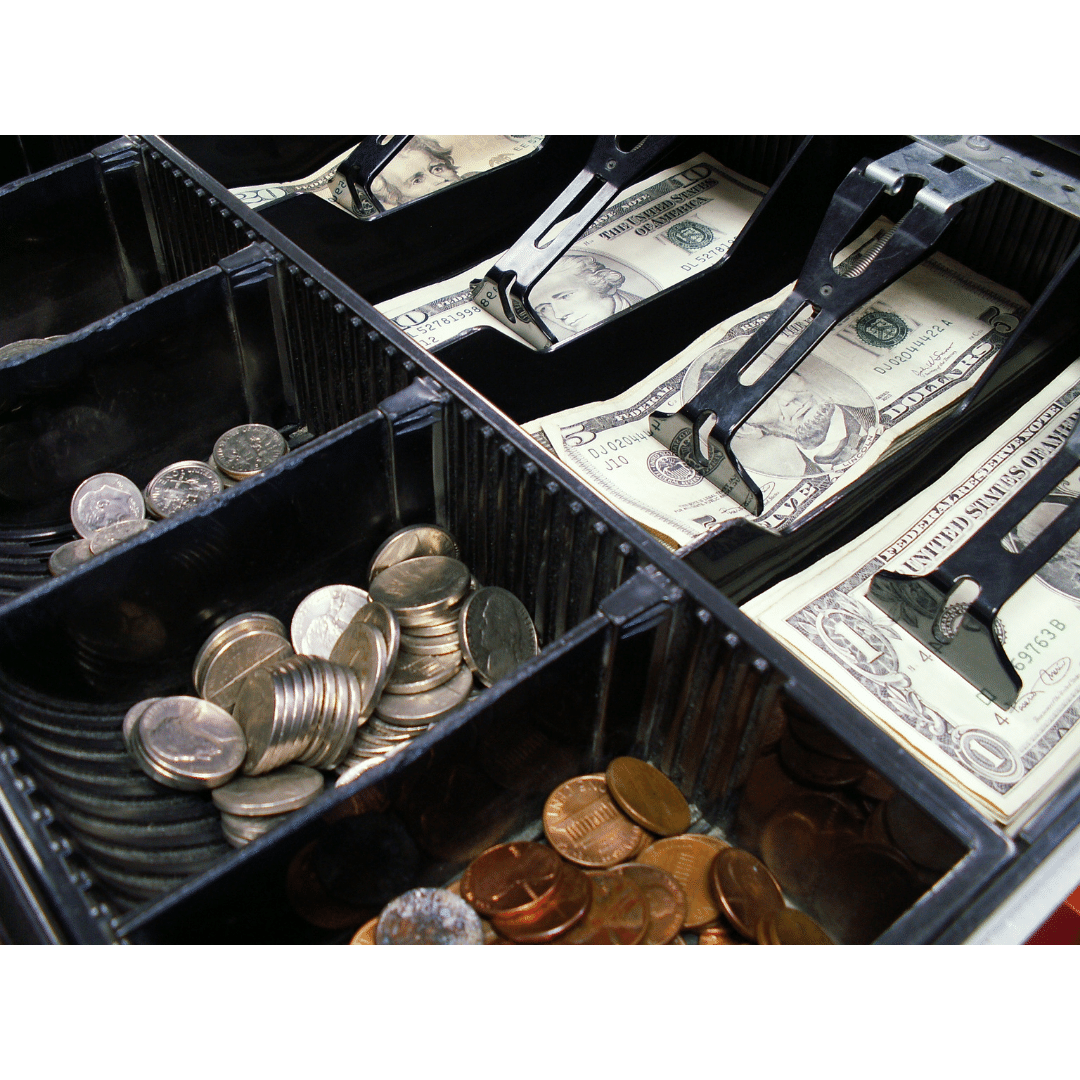One of the main goals of any business owner is to turn a profit. While being profitable should be a major goal, having adequate cash flow is equally important. Some businesses can have negative cash flow yet still be profitable at year’s end while others have lots of cash flow without any profit to show for it. How can this be?
Understanding the difference between cash flow and profit is critical for your short-term and long-term success. In this article, we’ll define cash flow and profit, highlight the differences between them, and explain why each is important.
In This Article:
- What is Profit?
- What is Cash Flow?
- What's the Difference?
- Which One is More Important?
- How Can You Improve Your Cash Flow?
What is Profit?
Most people have a basic understanding of profit – it’s what’s left after all the bills are paid. Generally speaking, profit is defined as the amount of capital a business retains after all expenses – including Cost of Goods Sold (COGS), loan payments, taxes, etc. – are paid for and deducted from business revenue.
To have a firm grasp on the concept of profitability, it’s important to understand gross profit and net profit.
Gross Profit
Gross profit is the amount of capital left over after your COGS are deducted from your revenue. Let’s assume you own a pizza shop and you made $30K in the month of December. Your COGS (or the cost of your necessary supplies to make the pizza) is $10K. Your gross profit for the month of December is $20K.
Gross profit = Revenue - Cost of Goods Sold
Your gross profit is your income after your inventory and supplies are paid for, but it does not account for others expenses – such as payroll, other loan payments, advertising, utilities, etc. That’s where net profit comes into play.
Another important term to keep in mind is gross profit margin. Take your gross profit ($20K in this instance) and divide it by your revenue ($30K) and you get .66 or a 66% gross profit margin – which is pretty good.
Net Profit
Net profit is the amount of capital left after operating expenses are deducted from your gross profit/revenue.
To continue with the pizza shop example, your gross profit for December is $20K, but now you need to subtract your operating expenses. Let’s assume your operating expenses are $12K for December. That means your net profit for December is actually $8K.
Net profit (or net income) = Gross profit - operating expenses.
📌 Remember, net is what you get.
You need to calculate both gross and net profit to keep an accurate profit and loss account (P&L). Profitability gives you a snapshot of your P&L for a specific accounting period – be it monthly, quarterly, or yearly – but it does not shed light on the day-to-day stability (or instability) of your business.

What is Cash Flow?
At the end of the year, you want your business to be profitable, but having adequate business cash flow is critical as well. Cash flow is the metric used to determine how your business is doing day-to-day. Cash flow is defined as the amount of cash (or overall money) flowing into and out of your business at any given time.
When you purchase a piece of equipment or pay the rent, cash flows out of your business. When a customer buys something from your store or you receive a payment from a net-30 account, cash flows into your business.
A positive cash flow means that you have more money coming into your business at any given time than out.
Conversely, a negative cash flow means more money is going out of your business than coming in. While periodic times of negative cash flow are to be expected, a growing business needs positive cash flow – otherwise growth will be stunted or stalled.
How to Calculate Cash Flow
There are two ways to calculate your cash flow: the accrual method and the cash basis accounting methods.
- Accrual method of accounting. Businesses using the accrual method record cash inflows and outflows when they are incurred – regardless of when they actually enter or exit your account.
For example, if you send an invoice in May but allow the customer 60 days to pay their invoice (which would be July) you would still recognize their payment in May – the month you sent the invoice. - Cash basis accounting. Businesses using the cash basis method record the inflow and outflow of cash when they actually occur – regardless of when the transaction happened.
Using the same example, if you send an invoice in May but the customer doesn’t pay until July, you would recognize the payment in July – not May.
To calculate a basic cash flow, know how much cash on hand you have for the beginning of the month. Add all of your inflows (revenue/sales) for the month to your beginning balance. Then, subtract your outflows (or expenses) for the month.
If your new number is larger than your beginning balance, you had a positive cash flow for that month. If the number is negative, you had a negative cash flow for that month.
Remember that your cash flow will look different depending on which type of accounting method you choose.
What’s the Difference Between Cash Flow and Profit?
The difference may be clear by now, but here's the difference in a nutshell:
- Profit refers to the net income of a business at the end of an accounting period.
- Cash flow refers to the amount of money coming in and going out of a business at any given time.
A business can have a negative cash flow overall yet still be profitable at year’s end. This generally happens when money is taken out consistently by the owner to pay personal expenses or make investments.
Conversely, a business can have a positive cash flow yet be unprofitable. This generally happens when cash comes from sources other than income – such as the business owner depositing their own money or the business taking out a loan.
Which One is More Important to Your Business?
Cash flow and profit are equally important. Profitability is critical over time, but having positive cash flow is important for day-to-day operations. It would be impossible to have a long-term thriving business without positive cash flow or profit.
How Can You Improve Your Cash Flow?
Increasing sales is the best way to improve your cash flow organically, but everyone falls on hard times. When you need a little bump here and there, a business line of credit is a viable option to consider.
Similar to a credit card, a business line of credit lets you draw any amount that you need – up to your limit – at any time (some restrictions may apply depending on the lender). When you repay the borrowed amount, your available credit is replenished. The best part is – you only pay interest on the borrowed amount.
A line of credit lets you take care of your accounts payable when you are still waiting on accounts receivable – without taking out a huge term loan. BlueVine and Fundbox are two of our partners offering competitive lines of credit.
Need Help With Accounting or Business Funding?
Whether you are a seasoned business owner or a brand new to it, keeping your books straight is critical. We've partnered with Bench and QuickBooks to help you get your books organized.
Do you need help getting funding for your business? Get ongoing personalized help from our team. Join Skip Premium today and get 1-1 support for your business.
How Else Can Skip Help? Whether you need assistance navigating funding for your small business — like SBA loans, grants, or other financing options, or guidance with government-related services — like TSA PreCheck or DMV appointments, we’re ready to help. Become a member and skip the red tape.


